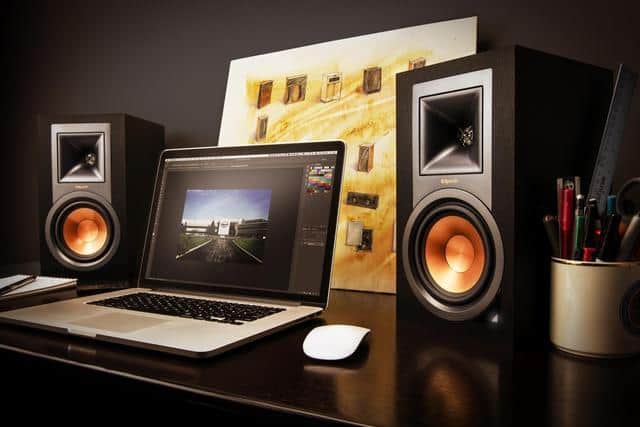Guide to the Studio Monitor Placement
With the development of digital equipment, more studio monitors have emerged. The popularity of digital equipment allows us to complete the production of general commercial works and even high-quality jobs with low-cost and straightforward equipment. Today’s topic is the most critical part of Home Studio – how to place the Studio Monitor? What is the correct way for studio monitor placement? How to make our ears hear the correct sound.
First of all, we should understand that the monitor speakers propagate from the air to our ears through the vibration of the speaker diaphragm. The role of our ears at this time is the same as that of microphone pickup.
As the monitoring position changes, so that our ears that can hear the sound position change, we can all hear a huge difference in sound. Therefore, in any recording studio, the monitor’s placement is critical to ensure that the correct and accurate sound is heard.
The Room Setting
Usually, our room will be rectangular (the square place is not suitable for Studio). Therefore, there will be two positions, as shown in the figure below.
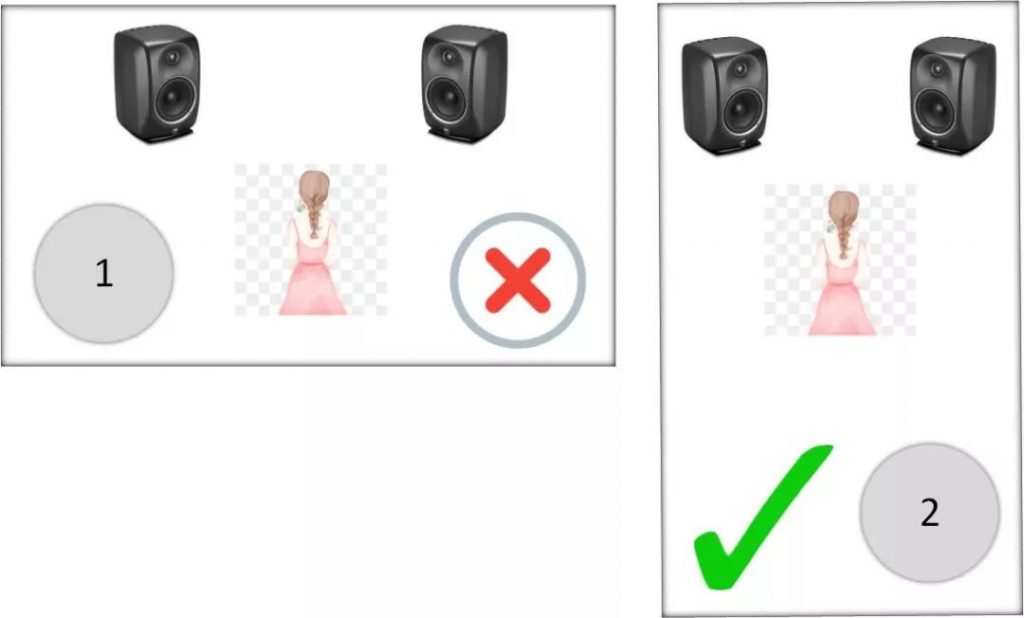
For acoustic theory, the placement of Figure 1 is not recommended.
1. In the short distance of Figure 1, our ears will be affected by the reflection of the back wall. The listener will hear the sound from the monitor’s front, and the music reflected from the back wall. The two sounds will be superimposed together.
In Figure 2, because there is enough space for natural attenuation of sound transmission and natural attenuation of reflection, relatively little reflection will occur.
2. Bass needs space. Bass needs enough space to have relatively accurate feedback. That is related to frequency and wavelength. It is not specifically discussed here. You can see that the Bass cabinet is larger than the general guitar cabinet. The larger the size of your monitor speakers, the wider the frequency of bass coverage, and the more room space you need. The longer the distance required to monitor the transmitted sound.
Therefore, the typical approach is to use the arrangement of Figure 2. Of course, this is not a certainty. It would help if you still used your ears to confirm what you think is a relatively correct placement distance to get a relatively balanced and accurate frequency response performance.
2. What you need to pay attention to is the symmetry of monitoring. This degree of symmetry refers not only to the symmetry between the monitors, but also the symmetry between the surrounding walls. Refer to the figure below.
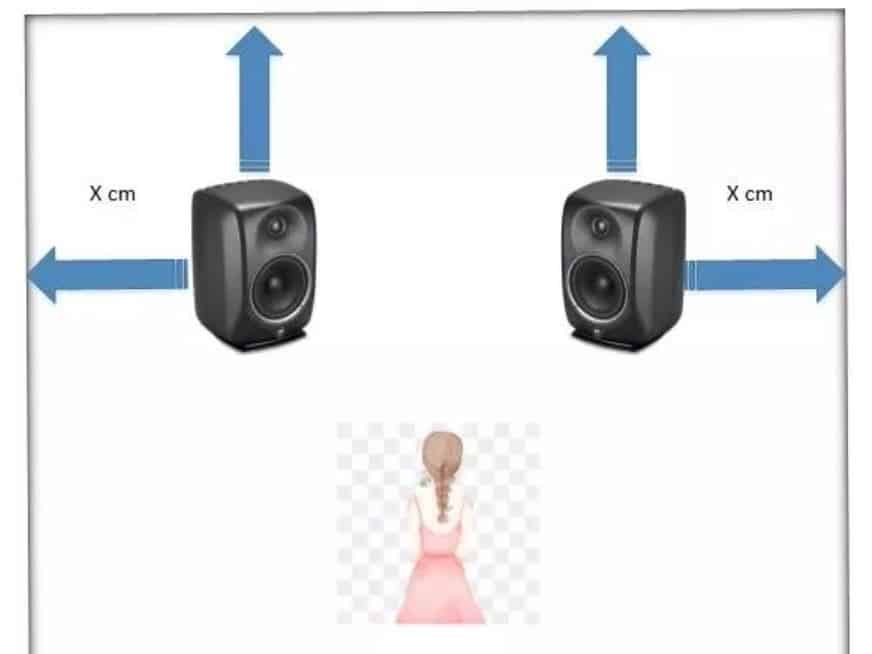
The distance between the wall and the monitor needs to be equal. That is to avoid inconsistent reflections on the left and right sides, resulting in unbalanced feedback of the left and right channels in the ears, and inaccurate ear listening. At the same time, proper wall distance can reduce the influence of standing wave reflection.
It is worth mentioning that, in addition to the wall, what you put between the wall and the monitor will also produce reflections, affecting the accuracy of your listening. Therefore, don’t put things in this area.
After achieving a higher degree of symmetry, the sound you hear will be the better result of Stereo Imaging in this environment.
Equilateral Triangle Studio Monitor Placement
Next is the principle of symmetrical triangles between the monitor and the person. Refer to the figure below.
The equilateral triangle studio monitor placement means that the left, the right monitors, and the listener form an equilateral triangle position, ensuring that the distances are the same.
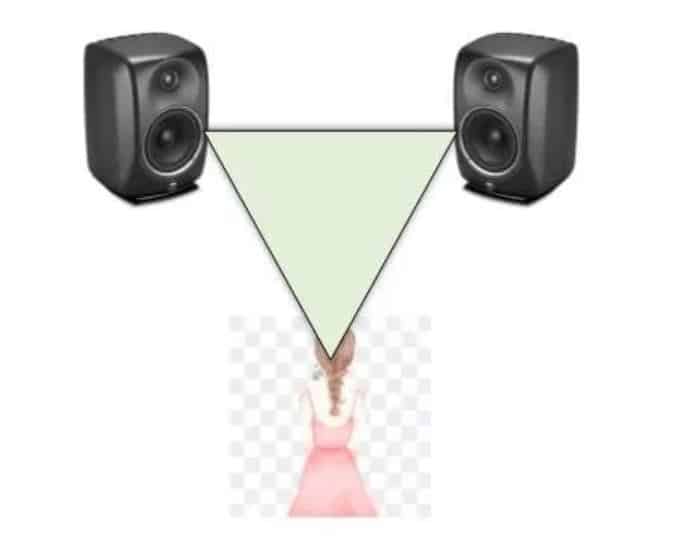
If your equilateral triangles are incorrect, the stereo imaging you hear will be offset and irregular. Therefore, you will increase the channel’s volume on one side of the monitor, resulting in an imbalance between the left and right channels of the audio track and the sound image.
Therefore, it is essential to adhere to this principle of equilateral triangles.
Studio Monitor Placement
The next question to consider is whether the monitor is placed horizontally or vertically. Many people will like to do different experiments, try to put the vertical monitor horizontally, and the horizontal monitor vertically, to hear what is different and the impact of the bottom.
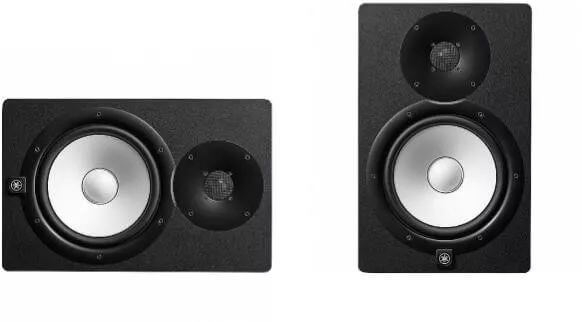
In fact, many monitors have defined and positioned the speakers when they are doing acoustic design. For vertical monitors, try not to place them horizontally; for horizontal monitors, try not to put them vertically.
It is also worth mentioning that the monitor should not be placed directly on the desktop. The monitor is placed directly on the table, and the vibration will be transmitted to the table, causing the table to resonate. The most direct impact on our hearing is that the bass will become more muddy, resulting in unbalanced and inaccurate sounds.
The suggestion is to use a dedicated monitor stand, separate from the work table, to reduce the effects of resonance. In the absence of conditions to place the monitor stand, cotton, plastic footpads, crystal seats, etc., which reduce vibration, are also a suitable choice. Of course, the effect is not as good as a studio monitor stand.

Note that the tweeter is preferably in line with the human ear at the listening position when adjusting the height of the monitor stand. That can make the listener more accurate when listening to high frequency.
At the last moment, keep the concept of three-band balance and believe in your ears. Under different circumstances, the situation or problem encountered will be different. Try more. The article only provides directions and experience. You still need to get better results on your own.
